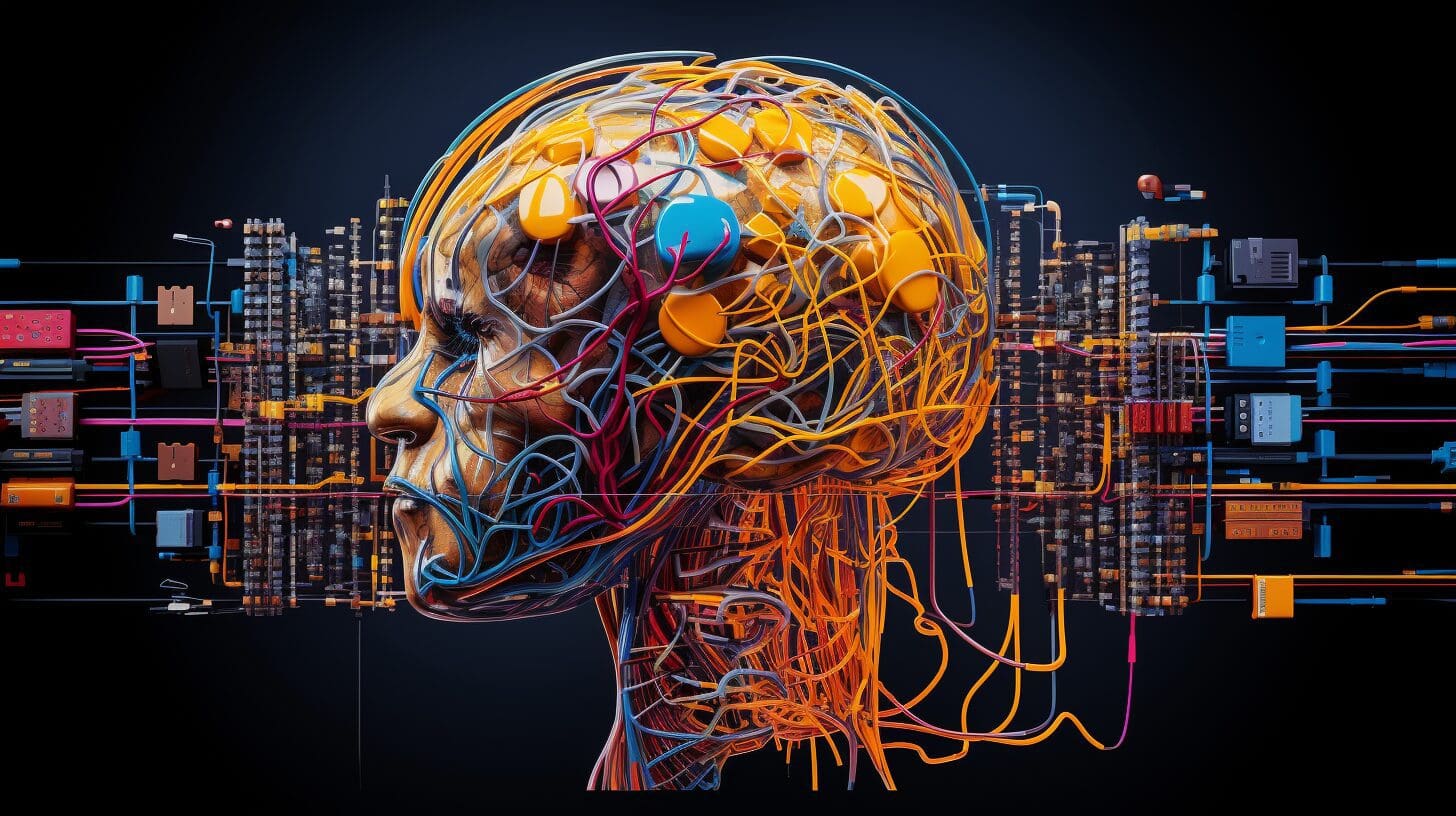Introduction to Unsupervised Learning
In a world overflowing with data, making sense of it all can seem daunting. Fortunately, unsupervised learning techniques offer a way to find structure and meaning in unlabeled datasets. From revealing hidden patterns to automatically grouping similar data points, unsupervised learning opens up a toolbox of modeling capabilities to tap into the wisdom of your data.
In this comprehensive tutorial, we will explore the key unsupervised learning algorithms for tasks like dimensionality reduction, clustering, association rule learning, and anomaly detection. Using scikit-learn’s robust implementations, you will learn how to prepare datasets, train models, and interpret results through real-world examples and code samples.
By the end, you will have both a theoretical and practical understanding of unsupervised learning foundations. The knowledge gained will empower you to leverage these transformative techniques on your own data, unleashing insights to drive innovation and growth.
Dimensionality Reduction
High dimensional datasets can be difficult to visualize and model. Dimensionality reduction transforms data into a lower dimensional space while retaining as much information as possible.
from sklearn.decomposition import PCA
pca = PCA(n_components=2)
pca.fit(X)
X_reduced = pca.transform(X)
PCA is a popular linear technique. Non-linear methods like t-SNE can better handle complex data.
Clustering Algorithms
Clustering algorithms group data points together based on similarity. Scikit-learn provides methods like k-means, spectral, hierarchical, and density-based clustering.
from sklearn.cluster import KMeans
kmeans = KMeans(n_clusters=5)
clusters = kmeans.fit_predict(X)
The optimal number of clusters can be determined using the elbow method on inertia.
Association Rule Learning
Association rule learning finds interesting relationships and associations within large transactional datasets.
from sklearn.decomposition import PCA
apriori = apriori(min_support=0.2, min_confidence=0.8)
assoc_rules = apriori.fit(transactions)
Rules can be filtered and ranked by importance measures like lift and conviction.
Anomaly Detection
Anomaly detection identifies outliers that are distant from normal observations. Useful for detecting credit card fraud, system intrusions, and more.
from sklearn.svm import OneClassSVM
anomaly_detector = OneClassSVM()
anomaly_detector.fit(X_train)
y_pred = anomaly_detector.predict(X_test)
Scikit-learn provides isolation forest and local outlier factor for anomaly detection.
Conclusion
In this tutorial, we covered the core unsupervised learning capabilities provided in scikit-learn through practical examples. You should now have a solid grasp of how to reduce dimensions, cluster data, find associations, and detect anomalies.
But this is only the beginning. Unsupervised learning opens up new possibilities to explore your data like never before. As you gain experience, continue pushing boundaries and finding creative ways to apply these techniques in your work. Keep iterating, tweaking parameters, and visualizing results from new angles.
Most importantly, maintain curiosity. Let each insight uncovered lead to new questions and innovations. While the algorithms provide the processing power, it is your curiosity that ultimately unleashes the full potential of unsupervised learning.




![Python Decorators Unleashed [eBook]](https://datasciencehorizons.com/wp-content/uploads/2023/10/python_decorators_unleashed_ebook_header-150x150.webp)






